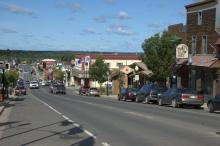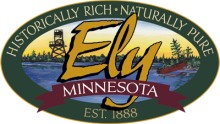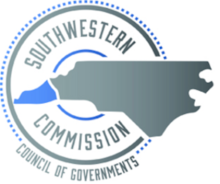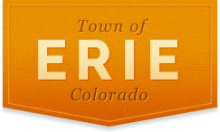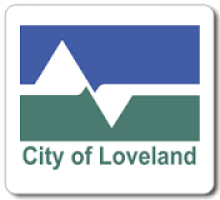Fredericksburg, Virginia, Asks Locals To Complete Broadband Survey
When local community leaders choose to make improving connectivity a priority, they first need to reach out to residents and businesses to discover the extent of the problem. In Fredericksburg, Virginia, the City Council has launched a survey and asks that businesses and residents take a few minutes to complete it.
The city is about 45 miles south of Washington, D.C., and known for its historic quality, which extends to architecture in the downtown area. Large employers in the area include GEICO, the University of Mary Washington, and Mary Washington Healthcare — all industries that need access to fast, affordable, reliable connectivity. About 28,000 people living in Fredericksburg, and unemployment is less than 4 percent. The Rappahannock River runs along the city’s northern border.
In their announcement about the survey, the City Council wrote:
City Council has established a priority to create more focus on broadband and to strive to be the fastest City in Virginia for broadband. To further that goal, we’d like to find out more about your broadband access and needs. Our focus is on residents and businesses within the City limits.
There are two separate surveys for residents and businesses; the survey will remain open until May 18th, 2018.
It Starts By Asking Questions
A survey may or may not lead to public investment in Internet infrastructure, but it helps community leaders move past anecdotal information about local connectivity. By asking people in the community to share their experiences and opinions, city leaders are better able to determine if there is a problem, discover options that may help solve the problem, and get a sense for how the citizenry feel about potential investment.



